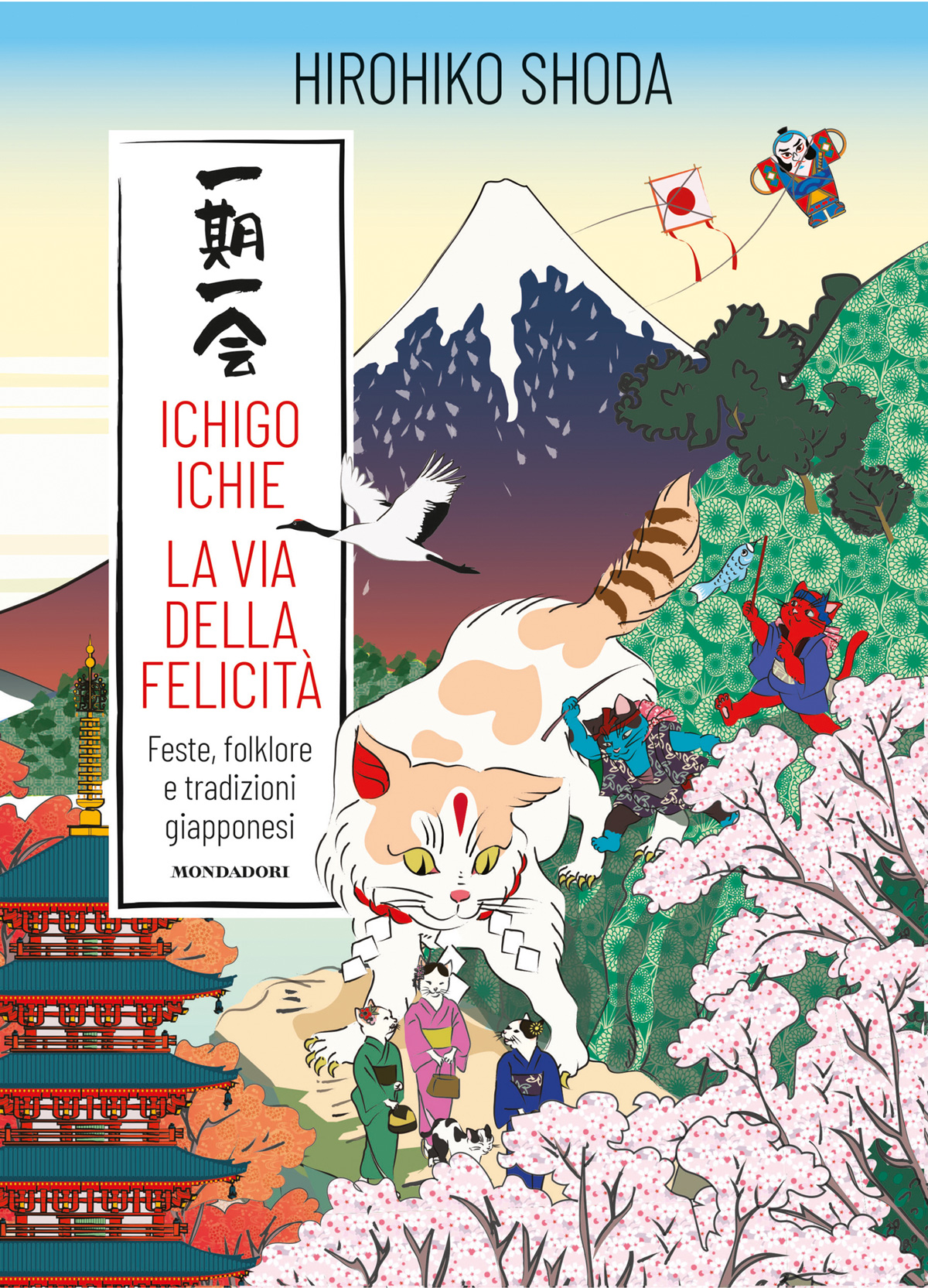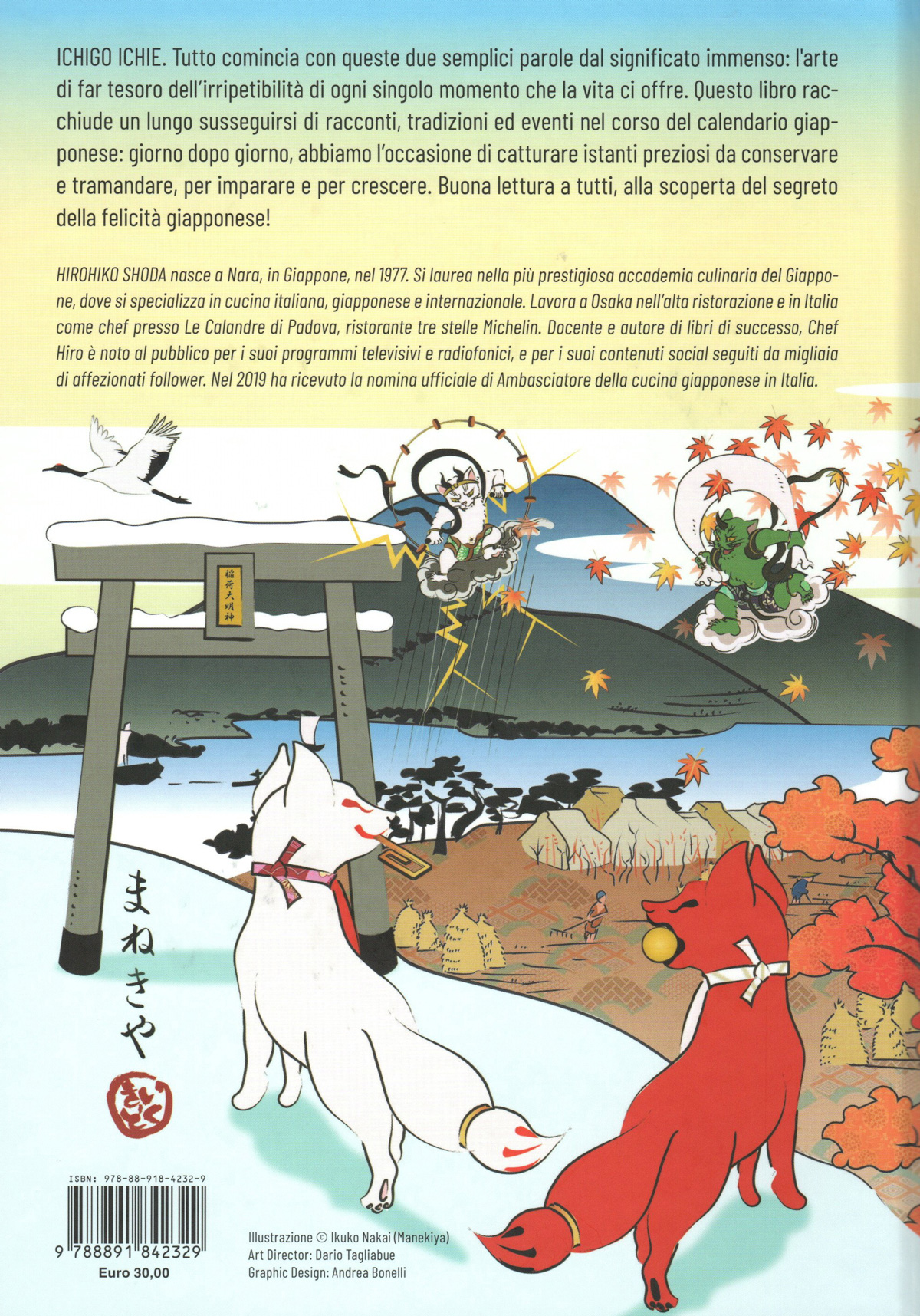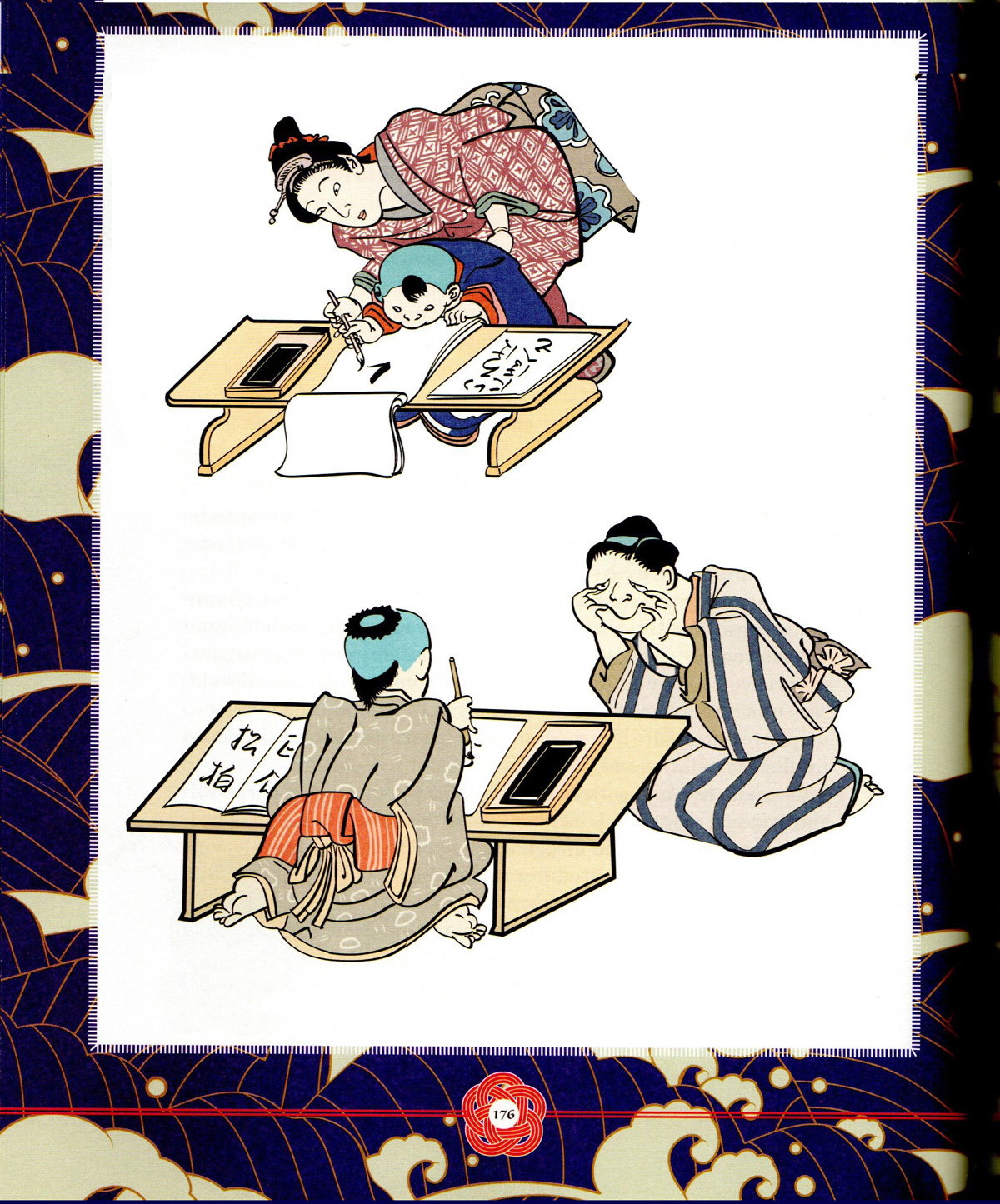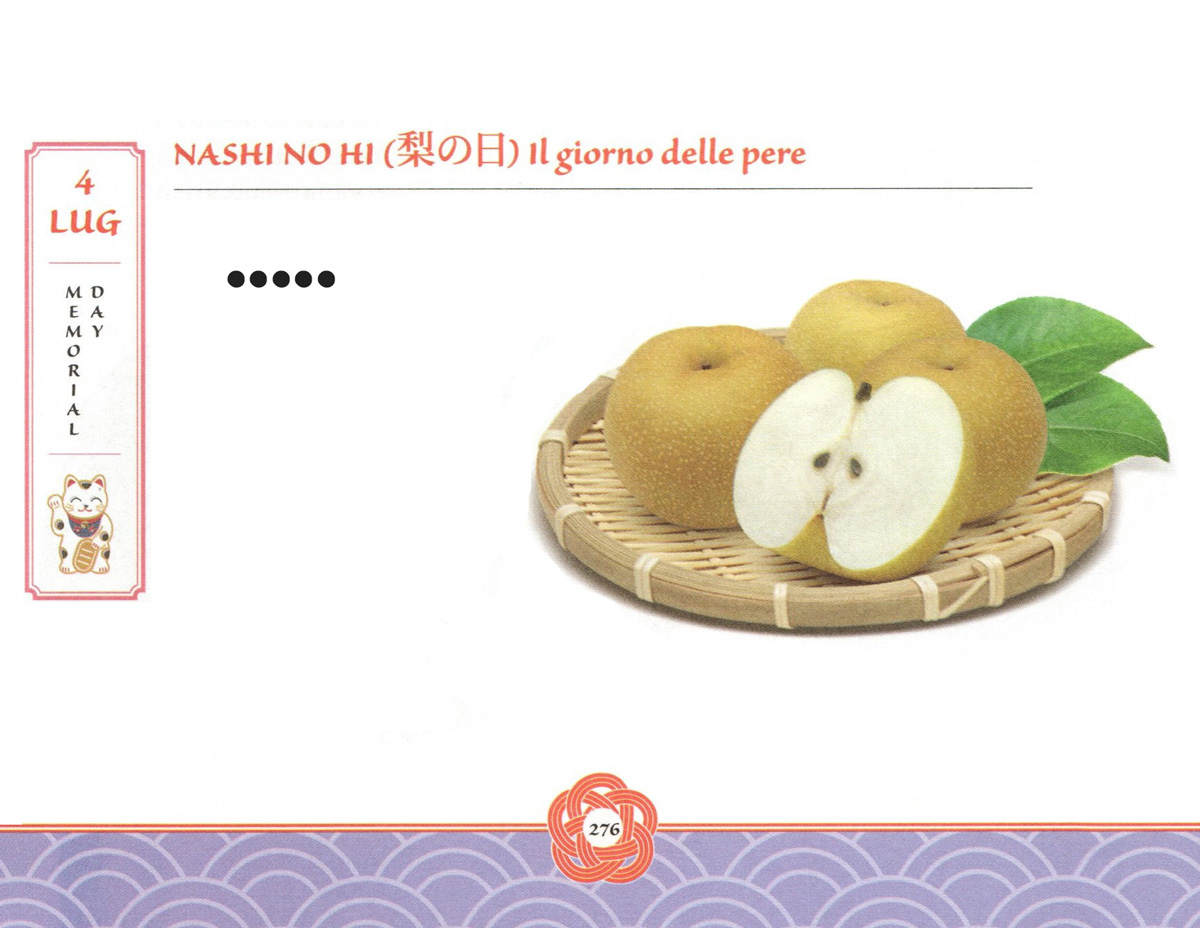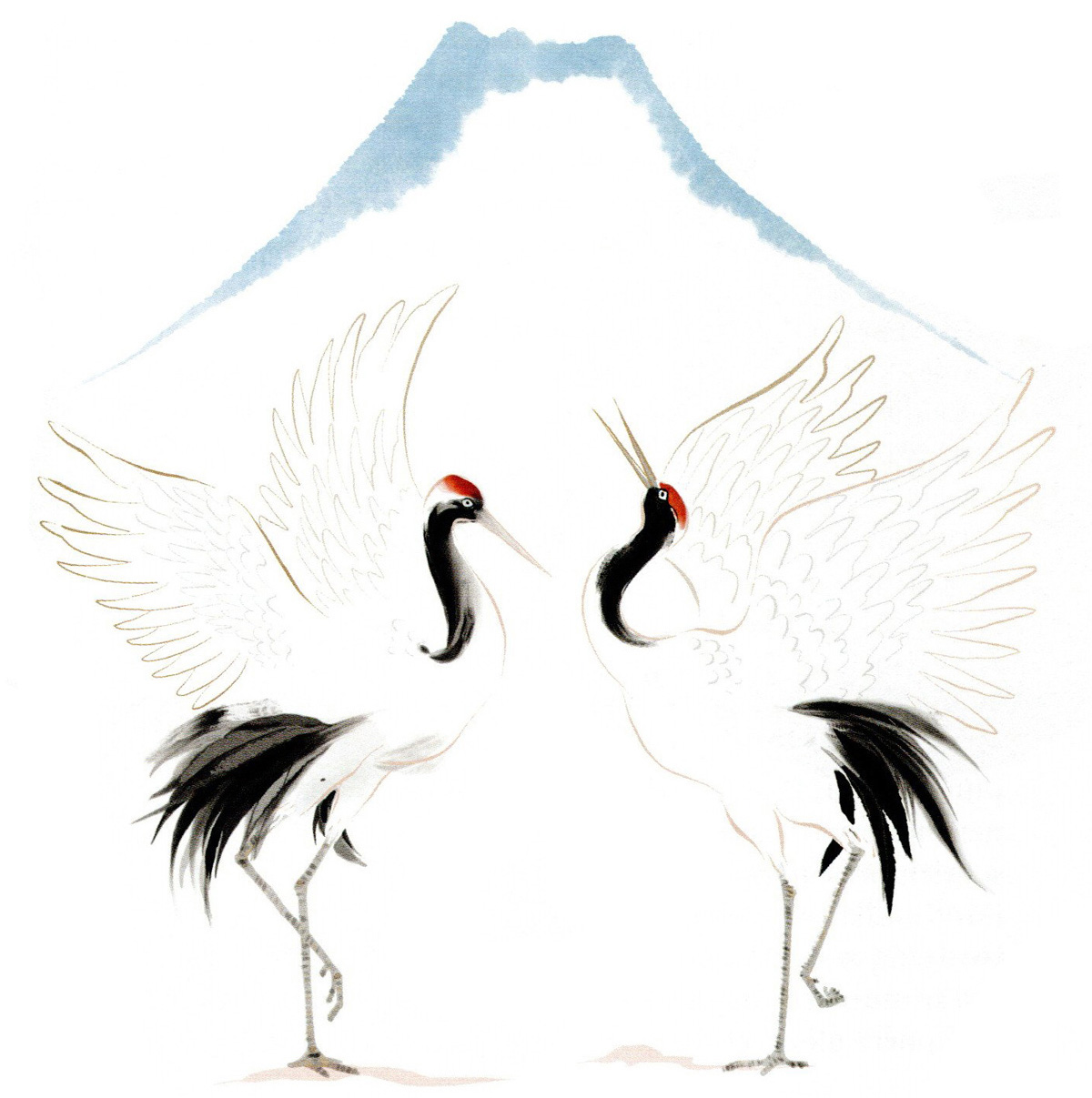Backcover
"ICHIGO ICHIE. It all begins with these two simple words with immense meaning: the art of appreciating the uniqueness of every single moment life offers us. This book contains a long list of stories, traditions, and events from across the Japanese calendar: day after day, we have the opportunity to capture precious moments to preserve and share, to learn and grow. Enjoy reading and discovering the secret of Japanese happiness!"
"Hirohiko Shoda was born in Nara, Japan, in 1977. He graduated from Japan's most prestigious culinary academy, where he specialized in Italian, Japanese, and international cuisine. He works in fine dining in Osaka and in Italy as a chef at Le Calandre in Padua, a three-Michelin-starred restaurant. A teacher and author of successful books, Chef Hiro is known to the public for his television and radio programs, as well as for his social media content, which has thousands of loyal followers. In 2019, he was officially named Ambassador of Japanese Cuisine in Italy."
The book was published by Mondadori in November 2024. It is lavishly and colorfully designed and illustrated with numerous drawings by Ikuko Nakai (under the pen name Manekiya). The author also contributed several photos from his childhood and youth, as well as more recent ones, always relevant to the respective theme.
